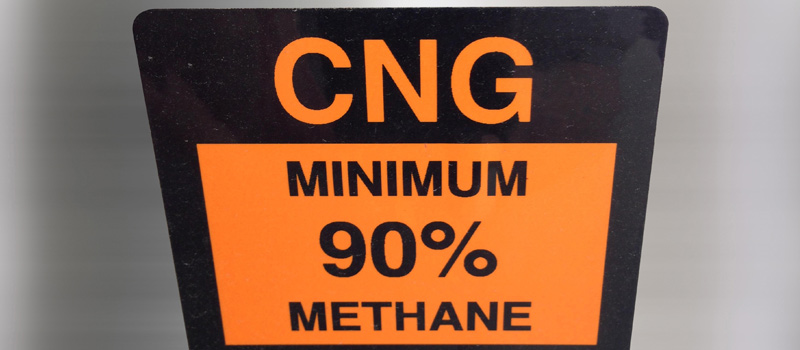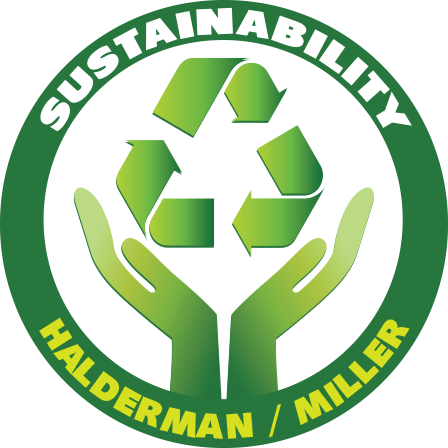Chapter 6
Alternative Fuels

Learning Objectives
After studying this chapter, the reader will be able to:
- Describe how oxygenated fuels help reduce exhaust emissions
- List the types of oxygenated fuels
- Discuss how ethanol is made using grains or cellulose
- Explain phase separation
- Discuss safety precautions when working with methanol
- Discuss the advantages and disadvantages of propane as a vehicle fuel
- Discuss the advantages and disadvantages of CNG as a vehicle fuel
- List the safety precautions that need to be adhered to when working with alternative fuels
Key Terms
- Alternative-fuel vehicle (AFV)
- Coal-to-Liquid (CTL)
- Compressed Natural Gas (CNG)
- E10
- E15
- E85
- Ethanol
- Fischer-Tropsch
- Flexible Fuel Vehicles (FFVs)
- FTD
- Gasoline
- Gas-to-Liquid (GTL)
- Liquefied Natural Gas (LNG)
- Liquified Petroleum Gas (LPG)
- Methanol
- Methanol-to-Gasoline (MTG)
- Natural Gas Vehicles (NGVs)
- Oxygenated Fuels
- Phase Separation
- Propane
- Synthetic Fuel
- Unterground Coal Gasification (UCG)
- Virtual Flexible Fuel Vehicle (V-FFV)
Animations
All animations are in Adobe Flash format. Click link to play. To download, right mouse click on the animation and choose Save Link As and save it to your computer.
Chapter Powerpoint
Coming Soon
Student Activities
Microsoft Word file format: Click activity to download. Open with Microsoft Word to edit. Save to your computer.
Converting a Gasoline Fueled Vehicle to Propane
CNG – Is it Cleaner than Gasoline?
Adobe Acrobat file format: Click activity to download. Open with Adobe Acrobat or Adobe Acrobat Reader to fill out. Save to your computer.
